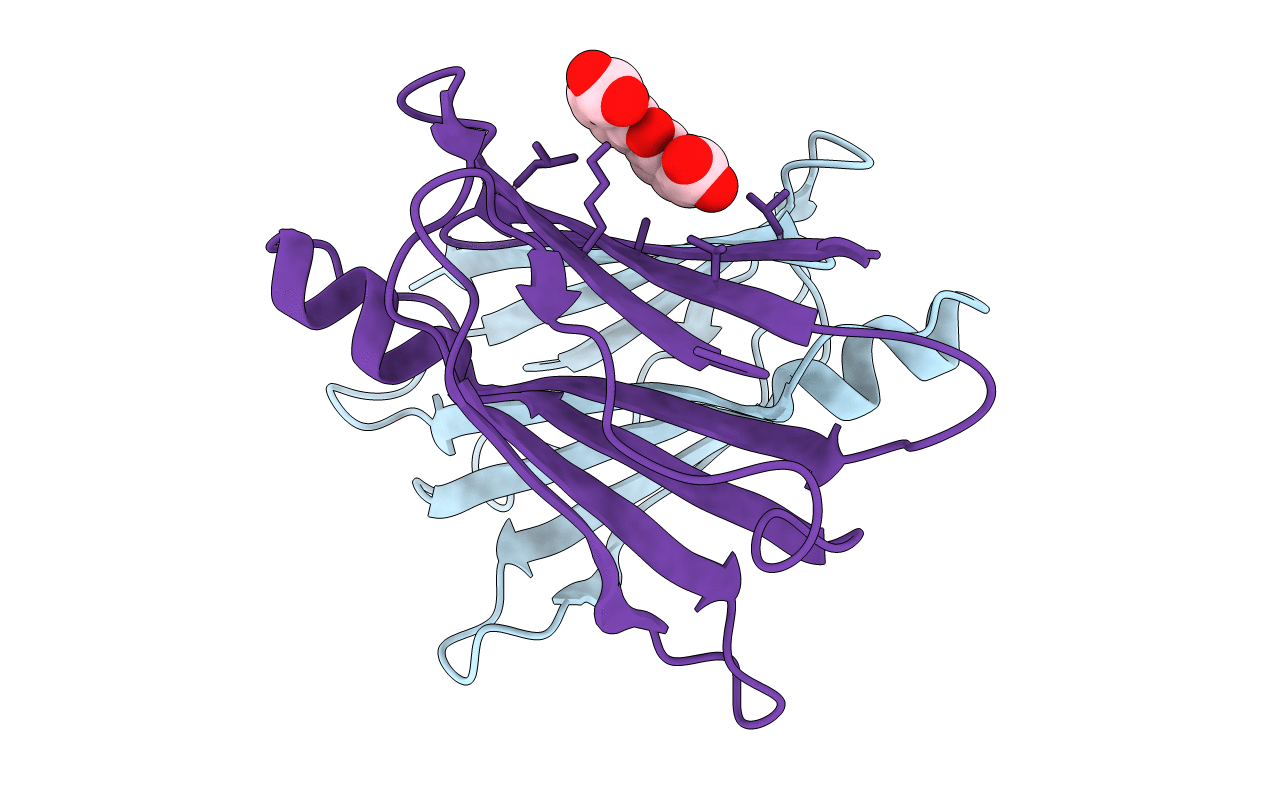
Deposition Date
2000-01-22
Release Date
2001-01-22
Last Version Date
2024-02-07
Entry Detail
PDB ID:
1DVU
Keywords:
Title:
CRYSTAL STRUCTURE OF HUMAN TRANSTHYRETIN IN COMPLEX WITH DIBENZOFURAN-4,6-DICARBOXYLIC ACID
Biological Source:
Source Organism:
Homo sapiens (Taxon ID: 9606)
Host Organism:
Method Details:
Experimental Method:
Resolution:
1.90 Å
R-Value Free:
0.22
R-Value Work:
0.19
Space Group:
P 21 21 2


